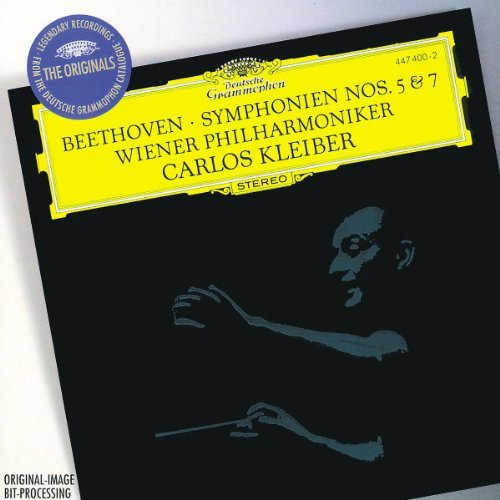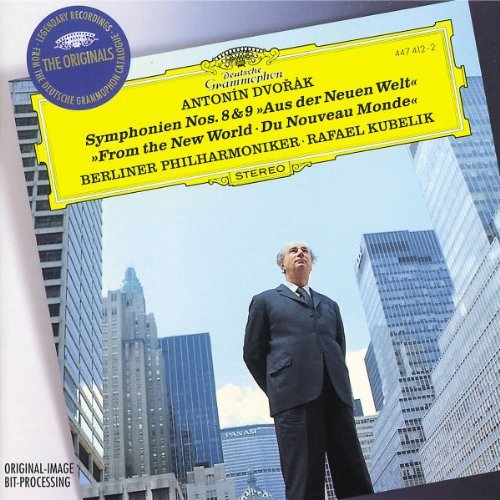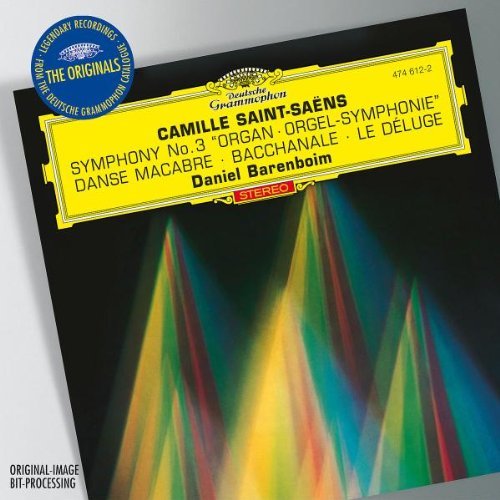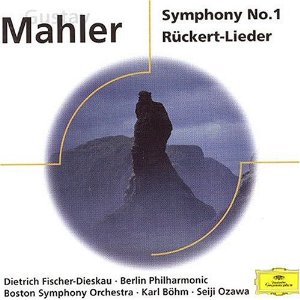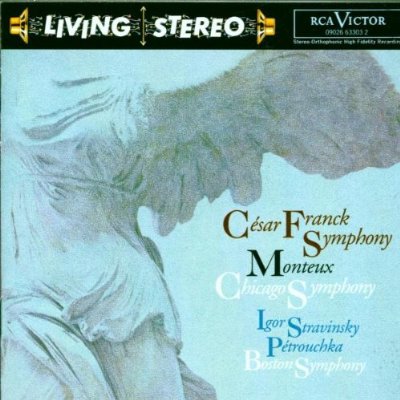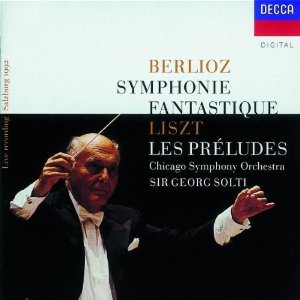n
Before you freak out, go on Facebook, or check your phone for something, take a deep breath. It’s going to be alright. And if the mere sound of the word “symphony” causes mental distress, anxiety, or even agita, it’s going to be OK. My criteria for the symphonies on the list below are simple: all the movements/sections of each piece have to hold your attention; at no time will you experience baby head or feel the urge to change the channel, so to speak. In particular, the slow movement in each piece, where all the coughing, sneezing and hacking takes place during a live performance, has to be beautiful and move your waffling brain right along the lily path. So read on, then go online to download, purchase, or mainline the following works. Check them out. You will be sore amazed at how great they are.
You’ve heard forever and a day that Beethoven is the greatest: if I had to prove that to you I would simply play the first several dozen measures of the second movement of his seventh symphony. The primary tune is so simple you could literally play it on a piano with one finger after a minute of practice. But what Ludwig does with this oh-so simple tune in the movement’s opening bars is nothing less than astonishing. Here the combination of brilliant conducting by Carlos Kleiber with playing of the Vienna Philharmonic is considered one of the greatest recordings of the piece ever.
2. Mendelsohn: Symphony No. 4, “Italian,” George Szell, Cleveland Orchestra
Mendelssohn’s “Italian” symphony is brilliantly orchestrated and filled with great tunes; the beautiful lilting scherzo and a finale that moves at break-neck speed are favorites. The Cleveland/George Szell combination is as good as it gets.
Composer Antonin Dvorak was compulsively attracted to everything having to do with steam locomotives. All things considered, that’s really not that bad given other famous composers penchants for weirdness including Wagner’s fixation on wearing fur-lined undergarments or Brahms’ intense hatred of cats which led him to shoot at them out of his second story window with a bow and arrow. I digress. Knowing of Dvorak’s fascination with trains and our country’s superior rail service at the time, the board at the National Conservatory of Music was able to lure the composer to New York for a residence as director from 1892 to 1895, as well as a guest conducting stint with the New York Philharmonic. Not a bad gig, as they say. The Philharmonic also commissioned a piece from the Dvorak and he penned the last of his nine symphonies titling it “From the New World.” The work was an instantaneous hit with its first performance and has been a mainstay of the symphonic idiom ever since that time. Dramatic and beautifully lyric by turn, it has some of the most haunting melodies in all of classic music. My favorite recording is with Rafael Kubelik with the superb Berlin Philharmonic.
4. Sibelius: Symphony No. 2, Eugene Ormandy, Philadelphia Orchestra
By and large, Swedish composer Jean Sibelius’ works are dark, somber, and even austere. His second symphony is one of the bright exceptions and filled with beautiful lyricism. Eugene Ormandy and the gorgeous strings of the Philadelphia Orchestra provide a perfect match. Highly recommended.
After the premier of his third symphony, the Parisian press dubbed Camille St.- Saëns the “next Beethoven.” Unfortunately, it was the last major piece he ever composed. But as they say in Texas, it’s a doozy. St.- Saëns’ third makes use of a full-sized orchestra, piano and organ. The results are spectacular with soaring passages between orchestra and organ and unforgettable melodies in every movement. Of special interest is the primary theme of the last movement which became popular as the song in the movie “Babe.”
There are a slew of recordings of the piece, but the Barenboim/CSO is my favorite because the orchestral sound—specifically the brass section (of course) is unbelievable. Purists, however, aren’t fond of this recording because the orchestra and organ were recorded separately and dubbed together. Gaston Litaize, the organist, plays the spectacular instrument in the Cathedral de Notre Dame in Paris. In short, it’s a great performance.
6. Tchaikovsky: Symphony No. 5, Eugene Ormandy, Philadelphia Orchestra
Musicians complain about having to perform his music and critics sometimes pan his works as tired, overplayed and trite, but orchestras will forever play the music of Tchaikovsky because the tunes are so completely beautiful. The fifth symphony is all that and more and the lush, beautiful sound of the Philadelphia Orchestra is superbly suited for just such a piece. The French horn theme in the slow movement is unforgettable.
I’m a huge Mahler fan and not just because of my former trumpet playing days. To me, Mahler more than any other composer including Beethoven, tried desperately to cram the entire range of human experience into each and every one of his symphonies. Those who criticize Mahler symphonies as too long and boring simply don’t have the attention span to appreciate them. We’ll let them keep listening to their tinker toy music. For the rest of us, listening to Mahler’s first symphony is a wonderful experience with the beginning of the piece easily one of the most beautiful musical representations of nature ever written–and the finale of the work ends with some of most heroic music ever heard.
I own over a dozen different recordings of Mahler one, but the Seiji Ozawa/Boston Symphony is a sentimental favorite because it features Armando Ghitalla on principal trumpet. I studied with Ghitalla in grad school and believe he’s one of the greatest musicians to ever play the instrument. One final note, this recording also features the rarely performed original second movement called “Blumine,” that Mahler removed after the piece’s initial performances in the 1880’s. A shame as the movement features the principal trumpet in a haunting melody and also shows a clear stylistic connection between the Viennese school (think Strauss waltzes) and Mahler’s music.
Franck’s only symphony can only be described as uber French and completely dramatic. French conductor Pierre Monteux’s reputation for getting the most out of any orchestra is in force here with top-notch playing from the CSO.
Beethoven perfected the symphony with his ninth, but less than five years later the French composer Hector Berlioz blew the idiom completely up with his “fantastic symphony.” Berlioz’ work is a full on program piece in five movements. The story, autobiographical in nature, involves a young man in the form of a composer desperately in love with an actress who spurns his affections. Desperate, he smokes opium and has a series of dreams represented by the five movements in the piece. Mind you, there have been more than a few program pieces written throughout music history to illustrate themes or stories (think Vivaldi’s Four Seasons or Beethoven’s Pastorale Symphony). But Symphony Fantastique is way beyond anything previously written. Think David Lynch combined with Sam Peckinpah and you get the idea.
The piece is also a tour de force of orchestration, something so far beyond the conventions of the time it’s hard to believe it was written just a few years after Beethoven’s passing. Berlioz ties the work together using an “idee fixe,” or fixed theme representing his beloved that appears throughout the five movements. Worth noting is the fourth movement, the “March to the Scaffolding,” where the hero dreams he has murdered his beloved and is about to be executed at the guillotine. The idee fixe appears just before his head gets lopped off with a nice use of pizzicato strings to portray his head bouncing away after the executioner’s fatal stroke. Best of all is the fifth movement which is called the “Witches’ Sabbath.” It must be heard to be believed. As for a favorite recording, once again I turn to the Chicago Symphony because of their remarkable brass section led by the incomparable Adolf Herseth on principal trumpet and Arnold Jacobs on tuba.
nn

